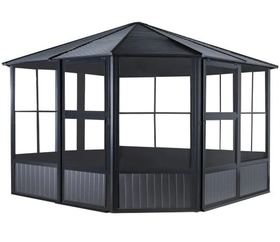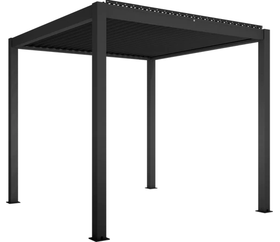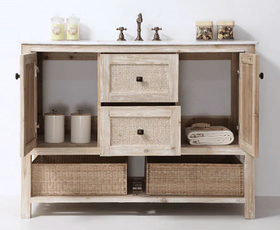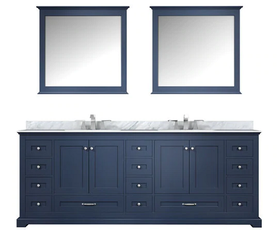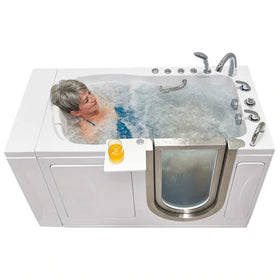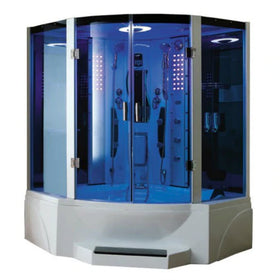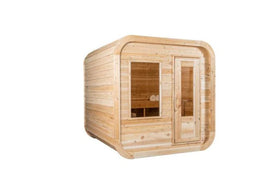Call us: (800) 438-5591

Solarium vs. Sunroom: What is the Difference?
Homeowners often look for ways to enjoy the beauty of the outdoors while staying within the comfort of their home. This desire has led to the popularity of solariums and sunrooms, two structures that provide an enclosed space with abundant natural light. However, despite their similarities, they have distinct characteristics that cater to different preferences and needs.
What is a Solarium?
A solarium, often referred to as a conservatory, is a room constructed entirely of glass, including the walls and roof. This design maximizes sunlight exposure, creating a space that is bright and warm throughout the year. Solariums are ideal for growing plants and for those who wish to feel closer to nature without stepping outside.
Key Features of a Solarium:
- Fully glass walls and ceiling
- Panoramic views of the outdoors
- Controlled climate, typically warmer due to the greenhouse effect
What is a Sunroom?
A sunroom, on the other hand, is a room attached to the house that features large windows but typically has a conventional roof. This design offers an extension of the living space while still allowing plenty of natural light. Sunrooms can be used year-round or seasonally, depending on their insulation and heating options.
Key Features of a Sunroom:
- Large windows but often a solid, opaque roof
- More integrated with the home’s existing architecture
- Can be used as an additional living space, dining area, or lounge
Differences Between Solarium and Sunroom
- Construction Material: The most significant difference is in the construction materials. Solariums are mostly glass, including the roof, while sunrooms have a solid roof and potentially some non-glass walls.
- Temperature Control: Solariums can get quite warm due to the greenhouse effect, making them a great option in cooler climates. Sunrooms, with their solid roofs, are easier to insulate and may be more comfortable in areas with hotter summers.
- Usage and Functionality: Solariums are often used as indoor gardens or relaxation spaces, taking advantage of the extensive sunlight. Sunrooms, however, are more versatile and can serve as additional living spaces.
- Integration with Home Design: Sunrooms often blend more seamlessly with the existing home structure, while solariums can look like a distinct, glass-enclosed addition.
- Cost and Installation: Generally, solariums can be more expensive and complex to install due to the extensive use of glass. Sunrooms might offer a more cost-effective solution with easier integration into the house.
Choosing between a solarium and a sunroom depends on your specific needs, climate, budget, and aesthetic preferences. A solarium offers a unique, glass-enclosed space that brings you closer to nature, ideal for those who enjoy gardening or basking in the sun. A sunroom, conversely, offers a more versatile space, often more integrated with the home and comfortable in a wider range of climates. Both options provide a beautiful space to relax and enjoy the outdoors, each with its own unique charm and set of benefits.

